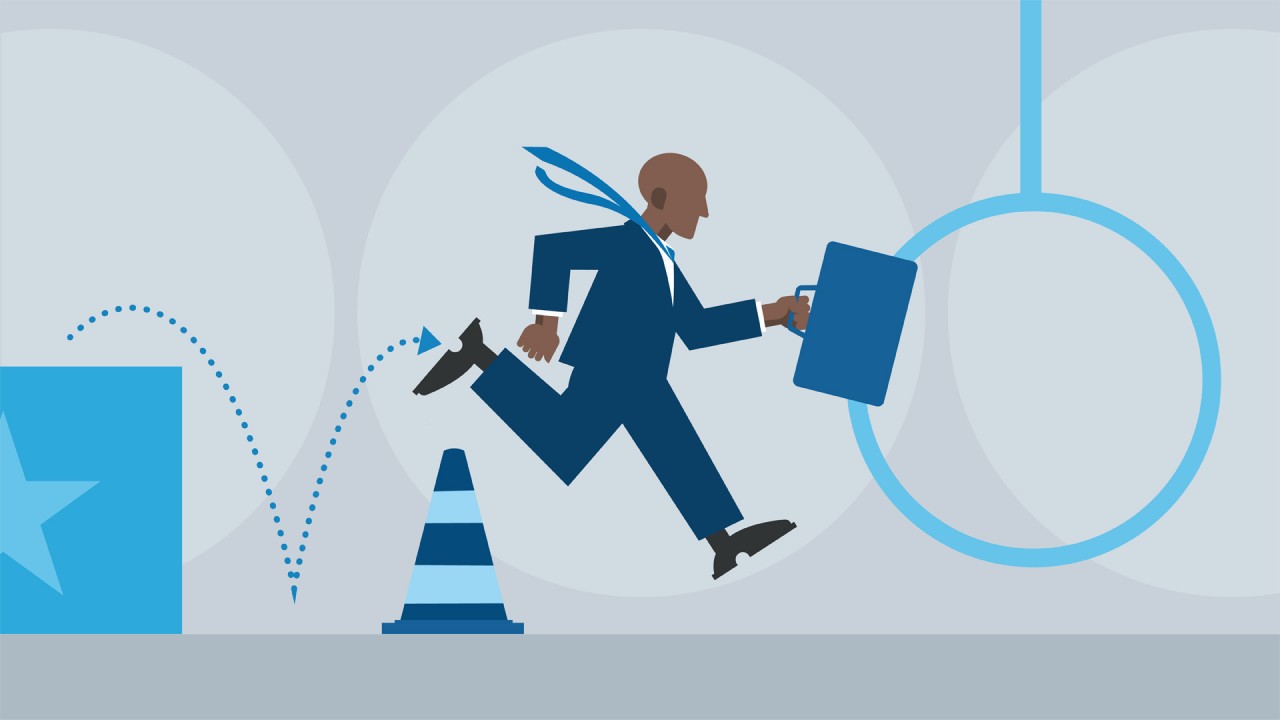Requisite agility – what it is, why it matters, how we measure it
Requisite agility
Requisite agility is changing the business fast enough to continue to survive and thrive in a turbulent business environment. Sometimes those changes are just fluctuations in demand for what we're already doing. Sometimes the business environment changes so much that we have to change the nature and direction of the business to stay relevant. Sometimes we want to change in order to proactively change the environment – creating a new market or a new area of business.
There isn't one single situation where agility is needed – other than the existential one of "survive & thrive" - and there isn't one single approach that will deliver it.
Why Requisite agility matters
Quite simply this is a question of organisational survival. Organisations that fail to keep up with the rate of change in their environment die and the failure rate of businesses if getting worse.
What Requisite Agility is and how we measure it
How agile we need to be as a business depends on how volatile the environment we're in is – and from sector to sector, business environments vary dramatically in how much they change and how fast. So the first characteristic of an agile business is the ability to know how much and how fast its environment is changing, because that tells you how agile you need to be. If you're going for the high jump it helps to know how high the bar is.
If you have an idea of how much the world around you is changing, you need to be able to make sense of that – what does it mean for us? Does it represent an opportunity or a threat? Do we need a tactical response or a major strategic shift? Are we reacting to what others are doing or shaping the playing field so others have to react? So Agile Businesses keep their models of themselves, their world and what shifts might mean, up to date so that when they spot something changing they don't continually have to waste time trying to figure out what it might mean for them.
These first two capabilities – first sensing the scale and rate of environmental change and making sense of it – are cheap to do if they are done on an ongoing basis, and then it's easy to keep up to date. They're hard to do if you wait until you're in the midst of a crisis. So armed with a sense of how fast our world is changing and what that might mean for us, the next capability the Agile Business needs is decision making. Obviously if your sensing and sense making are good, then it's much easier to take decisions well. Slightly less obviously, it's also quicker.
Ultimately of course Requisite Agility depends on the business being able to change – to shift resources and attention away from some things and onto others. Depending on the scale of change in the environment, that might mean more flexibility in operational delivery, but it could mean shifting resources to create a whole new area of business. There are two main aspects to this, one is the ability to free up resources to do something different and the other is the autonomy the Business allows itself about how different it can be. When the environment demands lots of operational change, generally devolving autonomy helps. When a change in strategic direction is called for, then the trade-offs between centralised direction and team autonomy is more nuanced.
In all those areas: the rate of change of the business environment, the ability to scan that environment and then make sense of it, the ability to decide wat to do and then change the business to suit, in all those areas organisations differ massively. The speed of decision making in similar situations can vary from years to hours. Even within the same organisation, the agility of business units can differ by orders of magnitude. What is needed in terms of the level of agility and in terms of what's needed to improve that varies considerably and is specific to each Business – there is no "one size fits all recipe". In this, Businesses genuinely are different. The good news is that Requisite Agility can be improved, sometimes its relatively easy, sometimes its more difficult – depending on which aspect most needs strengthening, but even for the hardest areas, we've helped businesses increase their agility by thirty times.
Comments
By accepting you will be accessing a service provided by a third-party external to https://www.requisiteagility.org/




